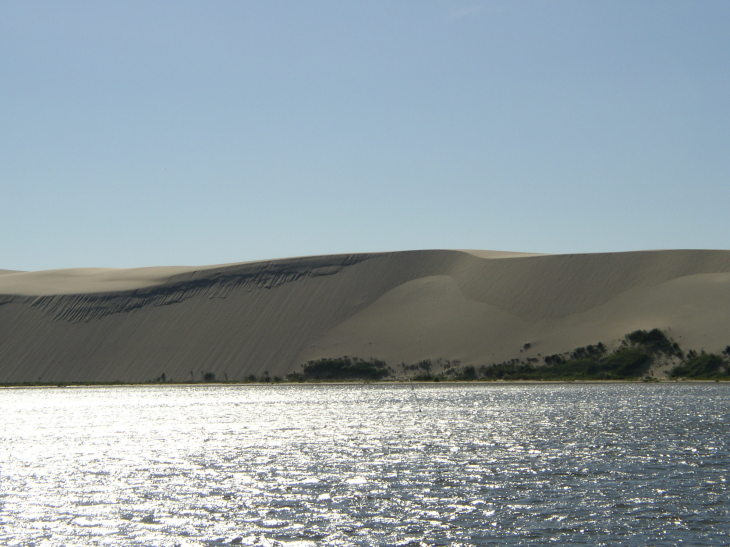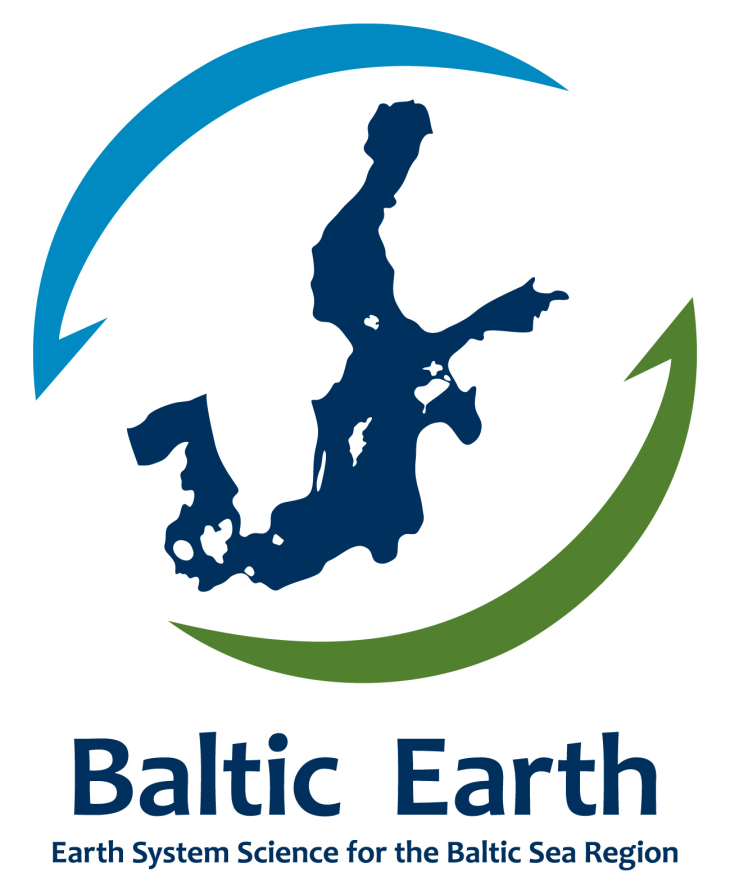First international Earth system science conference for the Baltic Sea region in Nida on the Curonian Spitraum
About 150 scientists from 13 countries and different scientific disciplines meet this week in Nida, Lithuania to discuss how the Baltic Sea and its surrounding coastal regions have changed under the pressure of climate change and other natural and human impacts. This is the first large conference of Baltic Earth, the international and interdisciplinary research network in the Baltic Sea region. The location of the conference is a particular natural and cultural site at the south-eastern Baltic Sea coast.

Large dune on Curonian Spit. [Photo: Martin Stendel]
The goal of Baltic Earth (www.baltic.earth) is to achieve an improved Earth system understanding of the Baltic Sea region, encompassing processes in the atmosphere, on land and in the sea, as well as impacts related to human activity.
“The changes we see are often caused by a mixture of interwoven factors, among them climate change and its associated impacts, eutrophication, pollution, fisheries, land cover change and others”, says Marcus Reckermann of the International Baltic Earth Secretariat, “and many of these factors have a scientific and a societal dimension”.

The scope of this first Baltic Earth Conference, titled “Multiple drivers of Earth system changes in the Baltic Sea region„ is to describe the different factors for change, their impacts on the Earth system of the Baltic Sea region, and to demonstrate the capacity to model the key processes. What determines the salinity dynamics in the Baltic Sea? What are the biogeochemical fluxes and feedbacks between the land and the sea? How can we better predict extreme events in the Baltic Sea region? What are the sea level dynamics in the Baltic Sea? What are the human impacts on the environment and how do they change the regional Earth system?
“We are working towards realistic simulations of the observed changes, and plausible scenarios for the future.”, says Markus Meier of Leibniz Institute for Baltic Sea Research Warnemünde and Swedish Meteorological and Hydrological Institute, and chairman of the Baltic Earth science steering group, “This analysis should help to identify knowledge gaps and research needs for the coming years, to help finding solutions for the challenges we face in the future”.
The conference is jointly organized by the International Baltic Earth Secretariat and Institute of Coastal Research at Helmholtz-Zentrum Geesthacht and Leibniz Institute for Baltic Sea Research Warnemünde, Germany, Klaipeda University, Lithuania, as well as Uppsala University and Swedish Meteorological and Hydrological Institute, Sweden.
More information:
Baltic Earth Website
Contact:
International Baltic Earth Secretariat
Phone: +49 (0)4152 87-1693 und +49 (0)171 8204515
E-mail contactHelmholtz-Zentrum Geesthacht
Leibniz Institute for Baltic Sea Research (IOW) and
Phone: +49 (0) 381 5197 150
E-mail contactSwedish Meteorological and Hydrological Institute, Sweden.
Seestrasse 15
18119 Rostock
Medienkontakt:
Helmholtz-Zentrum Geesthacht
